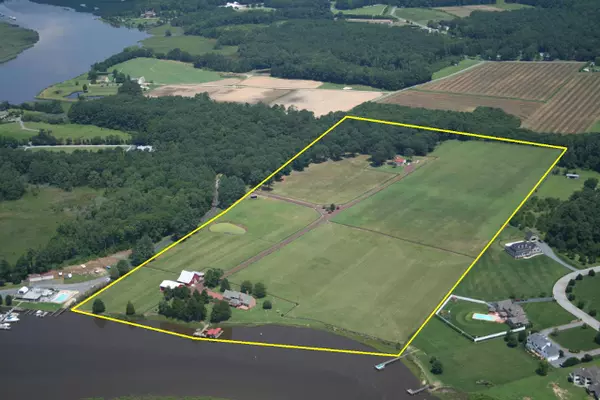55+ ADVICE
EVERYTHING YOU NEED TO KNOW ABOUT SENIOR LIVING
As a Certified Senior Real Estate Specialist SRES®, we are here to bring you information relevant to you.
CONTACT US FOR A FREE CONSULTATION
SENIOR ADVICE RESOURCES

How Real Estate Can Create Generational Wealth
When people think of creating wealth, real estate often comes to mind as one of the most reliable and proven ways to build long-term financial security. But beyond the immediate financial gains, real estate holds the power to create generational wealth—wealth that can be passed down through the gene
Read More
Understanding Easements: What Are They and Why Do They Matter?
When buying a property, most people focus on location, price, and the condition of the home. However, one often-overlooked legal concept can significantly impact how you use your property: easements. Many buyers are unaware of how easements can affect property rights, future development plans, or ev
Read More
Is Solar Worth It for Homeowners in 2025?
Pros & Cons from a Real Estate and Resale Value Perspective As energy prices climb and eco-consciousness grows, many homeowners in 2025 are asking:“Is solar worth the investment — especially if I plan to sell my home?” Let’s break down the real estate impacts, including pros, cons, and key resale co
Read More
Climate Risk and Real Estate: What Buyers in California Need to Know
California’s real estate market has long been shaped by sun, surf, and stunning natural beauty—but increasingly, climate risk is playing a major role in where and how people buy homes. From wildfire-prone hillsides to low-lying coastal areas at risk of flooding, buyers need to be more informed than
Read More
Navigating Real Estate in a Divorce: What You Need to Know
A Compassionate, Informative Guide to Selling or Dividing Property During a Split Divorce is never easy. Beyond the emotional weight, there are often difficult financial decisions to make — and one of the most complex involves what to do with shared real estate. Whether it’s a family home filled wit
Read More
How School Districts Impact Home Prices in the East Bay
Why Education Quality Is Driving Real Estate Demand for Families When it comes to buying a home in the East Bay, school districts are more than just a consideration—they're a key driver of property value. For families with school-aged children, access to top-rated public schools often tops the list
Read More
